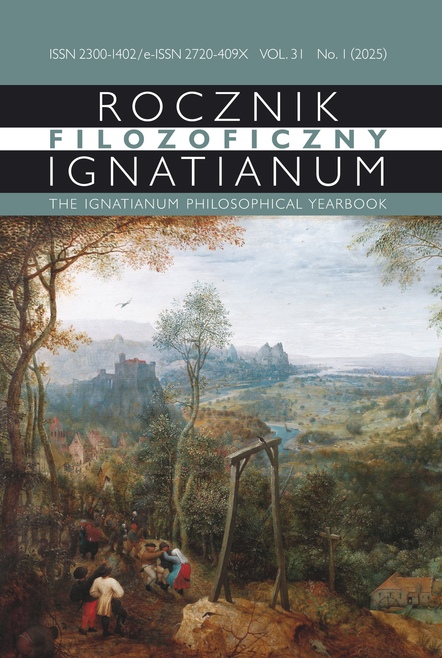The Justice System in the Light of The Żywiec Book of Malefactors
Abstract
This article is dedicated to The Żywiec Book of Malefactors, which was kept from 1589 as part of town council records in Polish lands. This book documented verdicts for major crimes such as murder, robbery, and arson. It also included the wills of convicts, providing valuable insights into their crimes and assets. Until 1672, entries were detailed, but later became brief, mentioning only the convict’s name and execution method. From 1754, records became more extensive again. All trials in Żywiec resulted in death sentences, with torture used to obtain confessions. Most convicts came from lower social classes—peasants, tenants, and shepherds—often forming gangs. Their crimes involved robbing wealthy villagers, millers, farms, and travelers. The book also recorded other crimes, including infanticide, spousal murders, and one case of witchcraft. It was first published in 1952 by Stanisław Szczotka but gained full historical recognition through a new edition by Rafał Kosiński, based on a manuscript from the Jagiellonian Library. The Żywiec Book of Malefactors is a valuable source for studying crime and justice in Żywiec from the 16th to the 18th century.
Copyright (c) 2025 Ignatianum University in Cracow

This work is licensed under a Creative Commons Attribution-NoDerivatives 4.0 International License.
The Yearbook only accepts materials for publication that are free of all conflicts of interest, and that in no way involve conflicts over authorship, copyright, etc. The Editors will take action against any cases of plagiarizing, ghostwriting1, guest/honorary authorship2, etc. Where co-authored work is concerned, the Author listed first is expected to take responsibility for the submission, and is required to make clear the contributions of all of the Co-Authors involved. In the event of the publication owing its existence to funding dedicated to this purpose, this fact should be made clear: e.g. in any note of thanks/acknowledgement, or in a footnote, etc. Explicit notification should be given of any form of reprinting, with the appropriate evidence of permission to publish being furnished as required. Any impropriety on the part of Authors/Reviewers risks exposing them to appropriate responses from the relevant institutions.
______
1 This term refers to instances of a person who has made an essential contribution being omitted from the list of authors, or from notes conveying gratitude and/or acknowledgement.
2 This occurs when a person who has made either an insignificant contribution or no contribution at all nevertheless appears on the list of authors.





